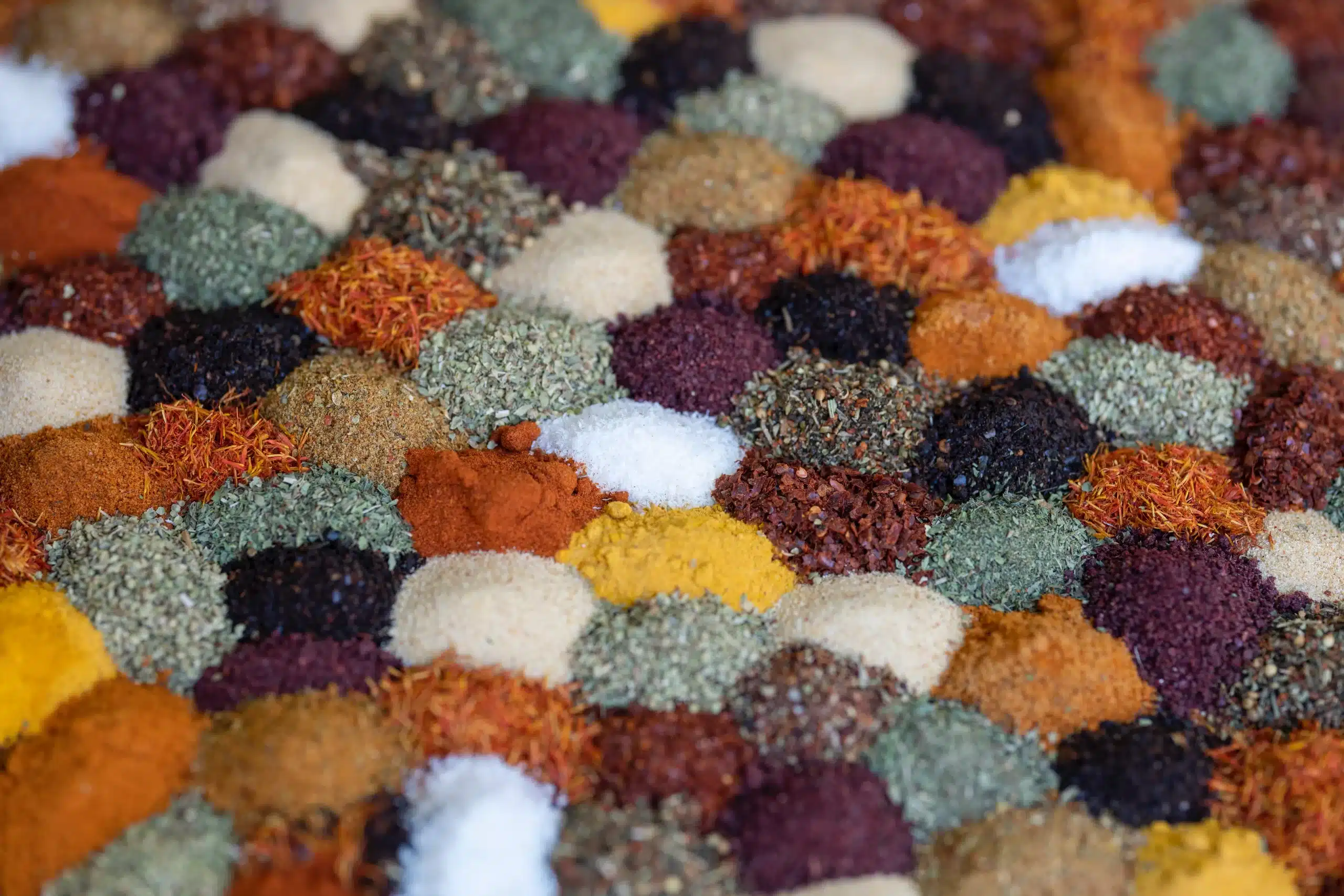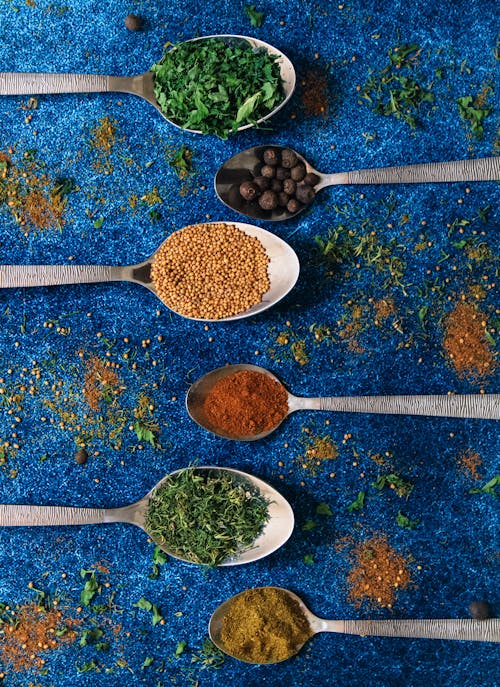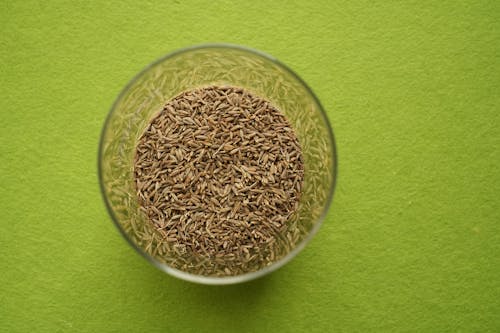
Cumin and turmeric are two of the most popular spices in the world. They are both used to add flavor, color, and health benefits to various dishes, especially in Asian and Middle Eastern cuisines. But are they the same thing? And if not, what are the differences between them? In this article, I’ll explain everything you need to know about cumin and turmeric, including their origins, characteristics, uses, and benefits. I’ll also answer some frequently asked questions and share some tips on how to use them in your cooking.
Cumin and turmeric are different spices that come from different plants. Cumin is a seed that has a warm, earthy, and slightly bitter flavor. Turmeric is a root that has a bright yellow color and a mild, peppery, and slightly bitter flavor.

Cumin and turmeric have different origins and characteristics. Here are some of the main ones:
Cumin and turmeric have different uses and benefits. Here are some of the main ones:
Here are some common questions that people have about cumin and turmeric:
Q: Can I substitute cumin for turmeric or vice versa?
A: No, you cannot substitute cumin for turmeric or vice versa. They have different flavors and colors that will affect the outcome of your dish. If you don’t have cumin or turmeric available, you can try using other spices that have similar properties or complement your dish. For example, you can use caraway or anise for cumin or mustard or saffron for turmeric.
Q: How do I store cumin and turmeric?
A: You should store cumin and turmeric in airtight containers in a cool, dry, and dark place away from direct sunlight or heat sources. This will help them retain their flavor and color for longer. You can also store them in the refrigerator or freezer to extend their shelf life. However, you should avoid exposing them to moisture or humidity as this could cause them to clump or mold.

You might be wondering why you should trust me when it comes to cumin and turmeric. Well, let me tell you a bit about myself. I’m Dale, the founder of Presstocook.com and a food safety expert with over 10 years of experience in the restaurant industry. I have managed busy Asian restaurants in central London where I ensured the highest standards of food safety and hygiene. I have been trained on the highest food safety standards and have a long track record of delivering the highest food safety in establishments I have been running, working with local authorities and external auditors, passing them all. I am certified in HACCP (Hazard Analysis and Critical Control Points – Level 2), Food Safety (Level 3), Health and Safety and Restaurant Management. All CPD certified and Endorsed by the institute of hospitality. I retrain every year to keep up to date with the latest updates in food safety standards and every changing legislation.
At home, I love to cook and play with gadgets, especially kitchen appliances. I have been using cumin and turmeric for years and have tried many different recipes, ingredients, and techniques. I know what makes a good dish with cumin or turmeric and what to avoid. I also know how to use them to make delicious and safe meals for myself and my family. I have created this article to share my knowledge and experience with you and help you learn more about cumin and turmeric.
Cumin and turmeric are two of the most popular spices in the world. They are both used to add flavor color and health benefits to various dishes especially in Asian and Middle Eastern cuisines. But they are not the same thing. They come from different plants have different characteristics uses and benefits.
To use them properly you should know their differences and how to store them. You should also follow some tips on how to prevent or reduce the foam in your smoothies.
I hope this article has helped you learn more about cumin and turmeric. If you have any questions or comments feel free to leave them below. I’d love to hear from you.
And remember nothing beats a posho wosho meal made with cumin or turmeric!
